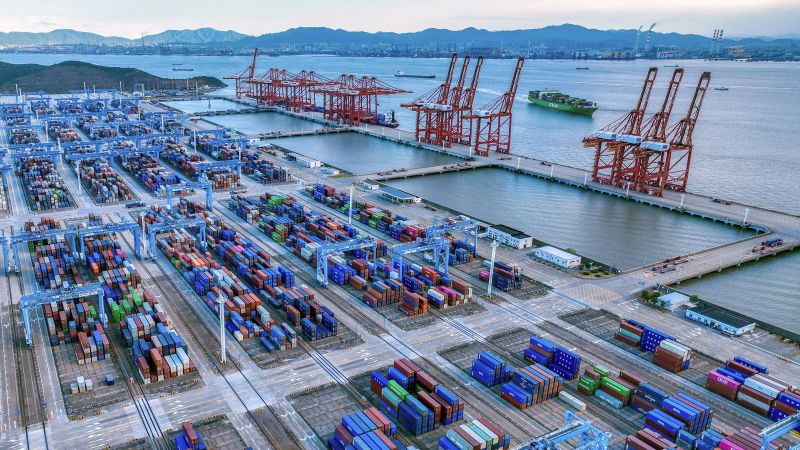In the early hours of a late September morning, a container ship called the Istanbul Bridge set sail from China, destined for Europe and laden with cargo — everything from batteries to clothing. So far, so standard, but there’s a twist.
Instead of navigating south on a journey toward the Suez Canal, the ship pushed north to steer a course through the frigid water of the Arctic Ocean using the Northern Sea Route. The journey is seen as a major step forward in China’s quest to build out a “Polar Silk Road,” an infrastructure and shipping corridor across the top of the world, and it’s only made possible by climate change.
The icy landscape of the Arctic has transformed much faster than expected, as humans burn fossil fuels and heat the planet. The region is warming around four times the rate of the rest of the world. Sea ice is fracturing and melting.
“This is really the first time that climate change is altering the map,” said Malte Humpert, a senior fellow and founder of the Arctic Institute, a non-profit organization.
Developing this route could bring big economic and geopolitical rewards for Chin
Continue Reading on CNN
This preview shows approximately 15% of the article. Read the full story on the publisher's website to support quality journalism.
